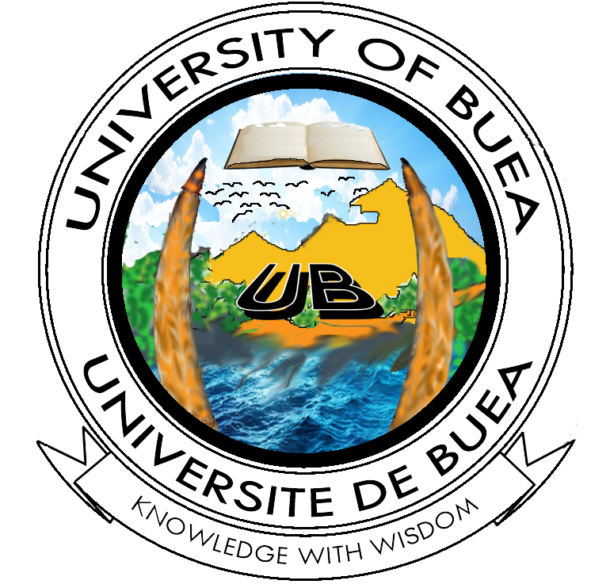| BIO201: Cell biology | 6 credits (40-10-10) |
Objectives
To provide a broad survey of the structure, varieties and functions of the living cell; to study the cell at the microscopic and molecular levels.
Contents
Origin of the living cell; Diversity of cell types in animals, plants, bacteria, and fungi; Cell isolation techniques; Cell morphology and ultra-structure; Microscopy; Structure of the plasma membrane, ribosomes, mitochondria, and other organelles; Cell Division and cell cycle; Cell death and apoptosis.
Composition of living cells with a description of the major biomolecules: General chemistry of the cell in comparison to the non-living world; protides, nucleic acids, sugars, lipids, vitamins; Expression of the genetic information; The central dogma; Definition of the genetic code and deviations from the universal code; Brief introductions to genetic replication, transcription and translation; Regulation of gene expression in bacteria.


